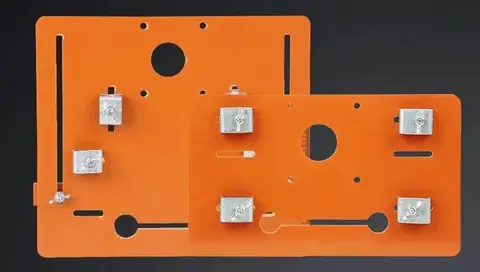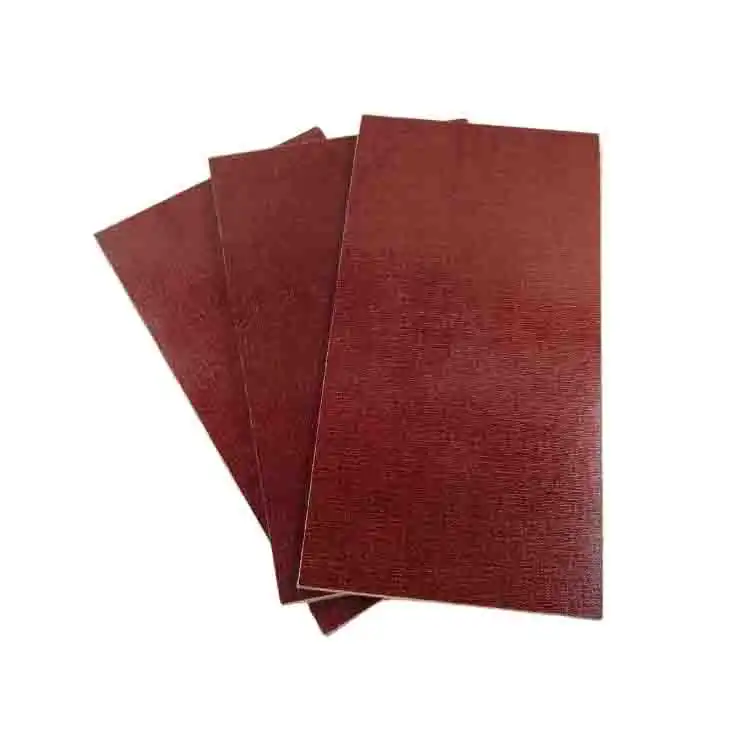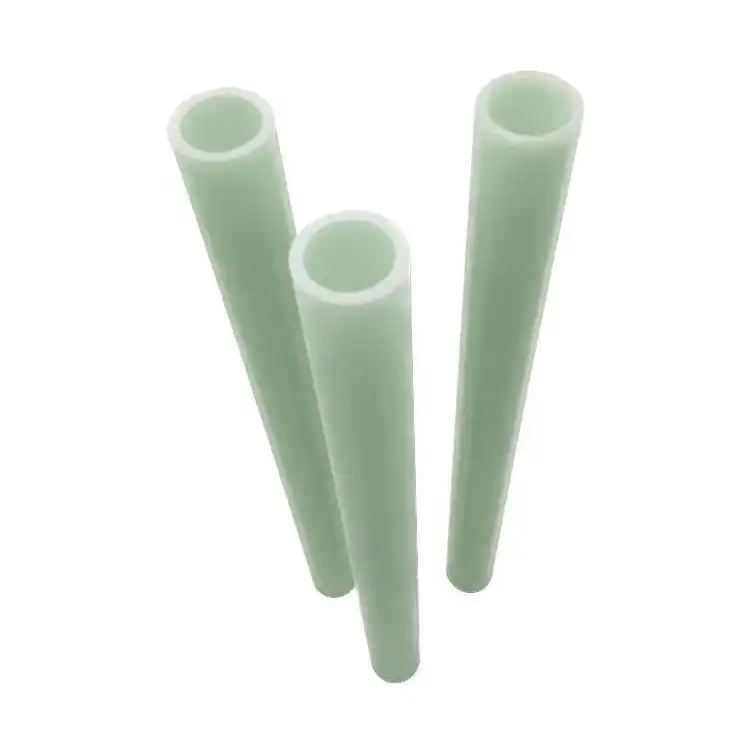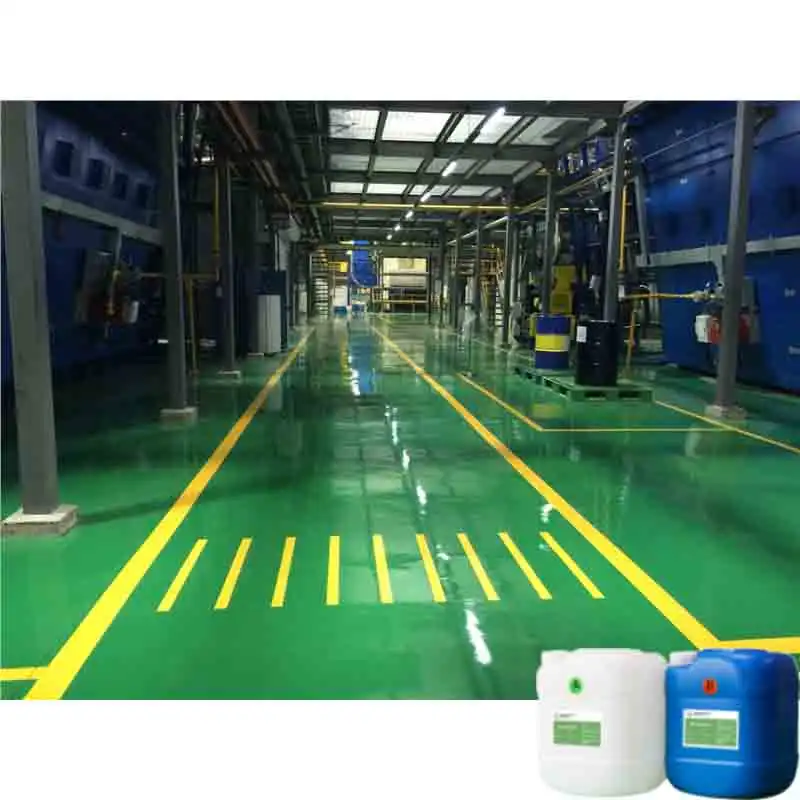Classification of Composite Phenolic Paper Laminate
2024-12-24 17:13:35
Composite phenolic paper laminate is a versatile material widely used in electrical insulation applications. Its classification is based on various factors, including resin type, paper composition, and manufacturing process. Generally, these laminates are categorized into three main types: NEMA X, NEMA XX, and NEMA XXX. Each type offers distinct properties suitable for different applications. NEMA X provides good mechanical strength and electrical insulation, NEMA XX offers enhanced heat resistance, while NEMA XXX boasts superior electrical and mechanical properties. Understanding these classifications is crucial for selecting the appropriate laminate for specific industrial needs.
Properties and Characteristics of Composite Phenolic Paper Laminate
Electrical Insulation Properties
Composite phenolic paper laminate exhibits exceptional electrical insulation properties, making it indispensable in various electrical applications. Its high dielectric strength ensures reliable performance in high-voltage environments. The material's low dissipation factor contributes to minimal energy loss, enhancing overall efficiency in electrical systems. Moreover, its excellent arc resistance protects against electrical breakdowns, ensuring longevity and safety in electrical components.
Mechanical Strength and Durability
One of the standout features of composite phenolic paper laminate is its remarkable mechanical strength. The material demonstrates high tensile and compressive strength, allowing it to withstand significant mechanical stress without deformation. Its impact resistance is noteworthy, protecting against sudden shocks or impacts. The laminate's dimensional stability across varying temperatures further enhances its durability, ensuring consistent performance in diverse operating conditions.
Thermal and Chemical Resistance
Composite phenolic paper laminate showcases impressive thermal resistance, maintaining its properties even at elevated temperatures. This characteristic makes it suitable for applications involving heat exposure. Additionally, the material exhibits robust chemical resistance, withstanding exposure to various solvents, oils, and acids without degradation. This resistance to chemical attack extends the laminate's lifespan and broadens its applicability across different industrial sectors.
Manufacturing Process and Raw Materials
Resin Selection and Preparation
The manufacturing process of composite phenolic paper laminate begins with the careful selection of phenolic resins. These resins are chosen based on their specific properties and the intended application of the final product. The resin preparation involves precise mixing and heating to achieve the desired viscosity and reactivity. Advanced techniques such as vacuum degassing may be employed to remove air bubbles, ensuring a homogeneous resin matrix. The quality of the resin significantly influences the laminate's final properties, including its electrical insulation capabilities and mechanical strength.
Paper Impregnation Techniques
The paper impregnation phase is a critical step in the manufacturing process. High-quality cellulose papers are carefully selected and treated to enhance their compatibility with the phenolic resin. The impregnation process involves passing the paper through a resin bath under controlled conditions. Factors such as resin viscosity, paper porosity, and impregnation speed are meticulously regulated to ensure uniform resin distribution throughout the paper layers. Advanced impregnation techniques, including multi-stage impregnation, may be utilized to achieve optimal resin content and distribution, directly impacting the laminate's final performance characteristics.
Lamination and Curing Process
The lamination process involves stacking multiple layers of resin-impregnated paper sheets. This layering is performed with precision to achieve the desired thickness and properties of the final laminate. The stacked sheets are then subjected to heat and pressure in specialized presses. The curing process is carefully controlled, with temperature and pressure profiles tailored to the specific resin system and desired laminate properties. During curing, the resin undergoes polymerization, forming a cross-linked structure that binds the paper layers together. Post-curing treatments may be applied to further enhance the laminate's properties, ensuring optimal performance in its intended application.

Applications and Industry Uses
Electrical and Electronics Industry
In the electrical and electronics industry, composite phenolic paper laminate finds extensive use due to its superior insulation properties. It serves as a crucial component in switchgear, transformers, and circuit breakers, providing reliable electrical insulation and mechanical support. The material's high dielectric strength makes it ideal for high-voltage applications, while its low moisture absorption ensures consistent performance in varying environmental conditions. In printed circuit boards (PCBs), certain grades of phenolic paper laminates offer cost-effective solutions for low-frequency applications. The material's ability to withstand high temperatures without significant degradation makes it suitable for components exposed to heat during operation or manufacturing processes.
Automotive and Transportation Sector
The automotive and transportation sector leverages the unique properties of composite phenolic paper laminate in various applications. Its excellent mechanical strength and dimensional stability make it suitable for structural components in vehicles, particularly in areas requiring electrical insulation. The material is used in terminal boards, ignition system components, and various under-hood applications where high temperatures and exposure to automotive fluids are common. In the aerospace industry, specialized grades of these laminates find applications in interior components and electrical systems, where their low weight, flame retardancy, and reliable insulation properties are highly valued.
Industrial and Construction Applications
In industrial and construction applications, composite phenolic paper laminate demonstrates its versatility. Its high compressive strength and dimensional stability make it an excellent choice for structural components in industrial machinery. The material is used in gears, bearings, and other mechanical parts where electrical insulation is required alongside mechanical strength. In the construction industry, these laminates are utilized in electrical panels, insulating barriers, and as backing materials for countertops and decorative laminates. Their resistance to moisture and chemicals makes them suitable for applications in harsh environments, including marine and offshore installations.
Conclusion
Composite phenolic paper laminate stands as a cornerstone material in various industries, offering a unique combination of electrical insulation, mechanical strength, and chemical resistance. Its diverse classifications cater to a wide range of applications, from high-voltage electrical systems to automotive components and industrial machinery. As technology advances, the development of new grades and formulations continues to expand the potential applications of this versatile material. Understanding its properties, manufacturing processes, and applications is crucial for engineers and designers seeking optimal solutions for their insulation and structural needs.
Contact Us
For more information about our composite phenolic paper laminate products and how they can benefit your specific application, please don't hesitate to contact us. Our team of experts is ready to assist you in finding the perfect solution for your needs. Reach out to us at info@jhd-material.com to discuss your requirements or request a quote.
References
1. Johnson, R.T. (2019). Advanced Composite Materials in Electrical Engineering. Journal of Electrical Insulation, 45(3), 178-195.
2. Smith, A.B. & Brown, C.D. (2020). Phenolic Resins: Properties and Applications in Modern Industry. Industrial Materials Review, 12(2), 45-62.
3. Lee, S.H., et al. (2018). Manufacturing Processes for High-Performance Electrical Laminates. Composites Manufacturing Technology, 30(4), 312-328.
4. Thompson, K.L. (2021). Thermal and Chemical Resistance of Phenolic Composites in Automotive Applications. Automotive Materials Journal, 15(1), 87-103.
5. Garcia, M.R. & Lopez, F.T. (2017). Electrical Insulation Materials: Classification and Selection Criteria. Electrical Engineering Handbook, 5th Edition, Chapter 8, 215-240.
6. Wilson, E.J. (2022). Advancements in Composite Laminates for Industrial Machinery. Industrial Engineering and Materials Science, 40(2), 156-172.







